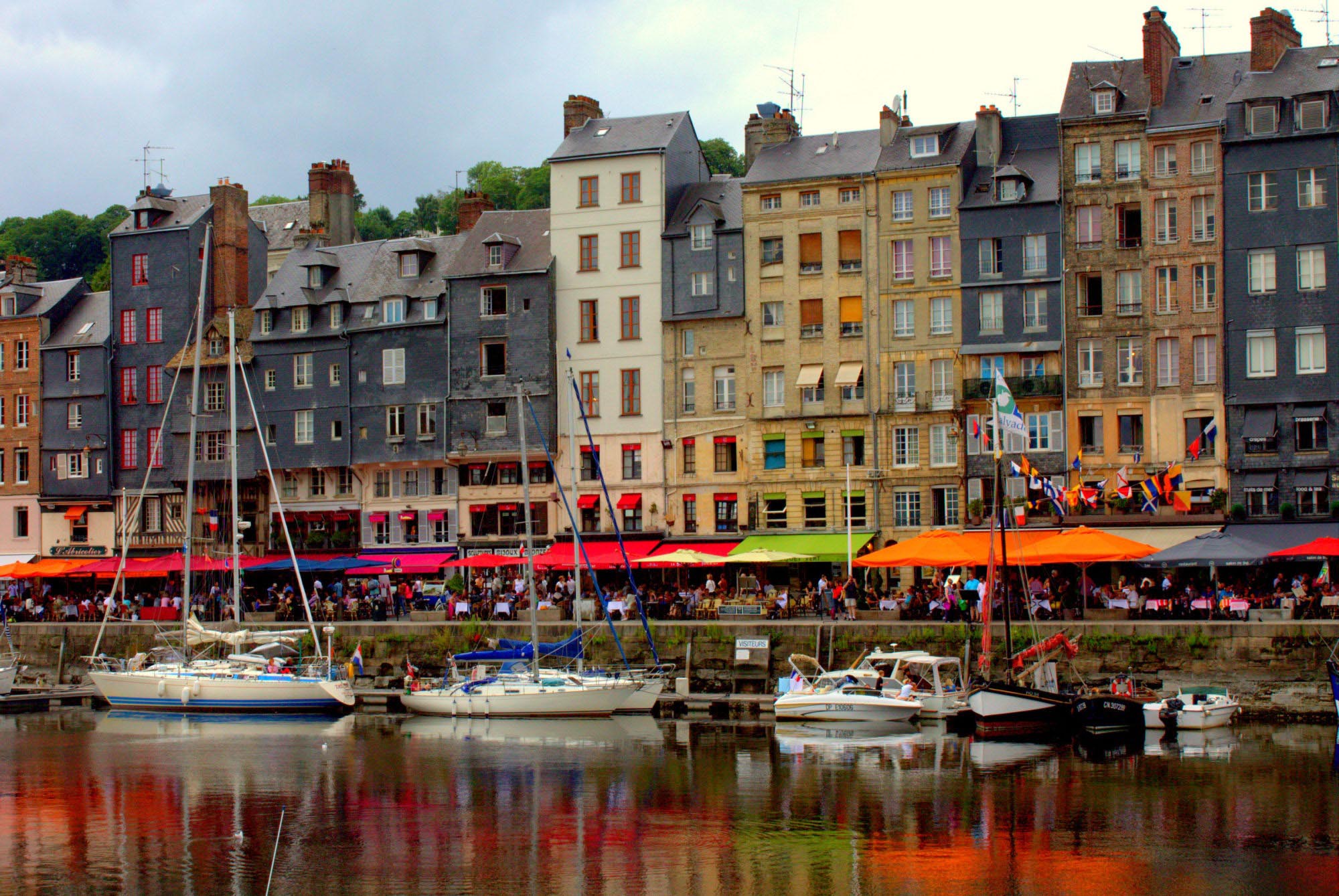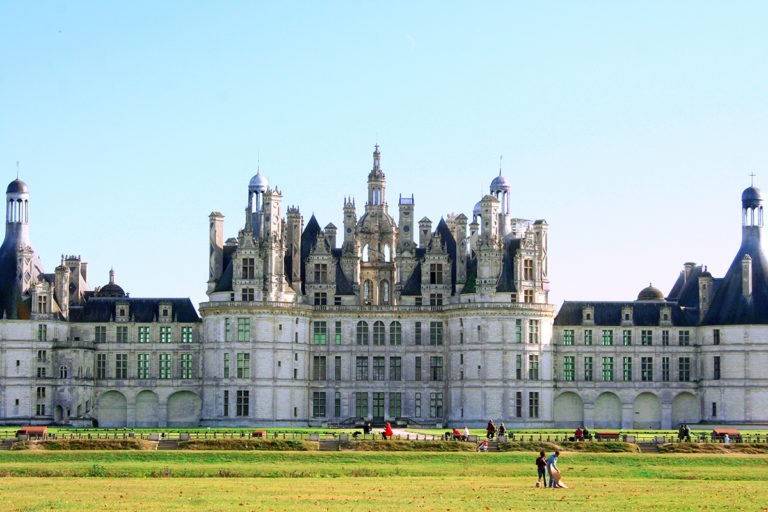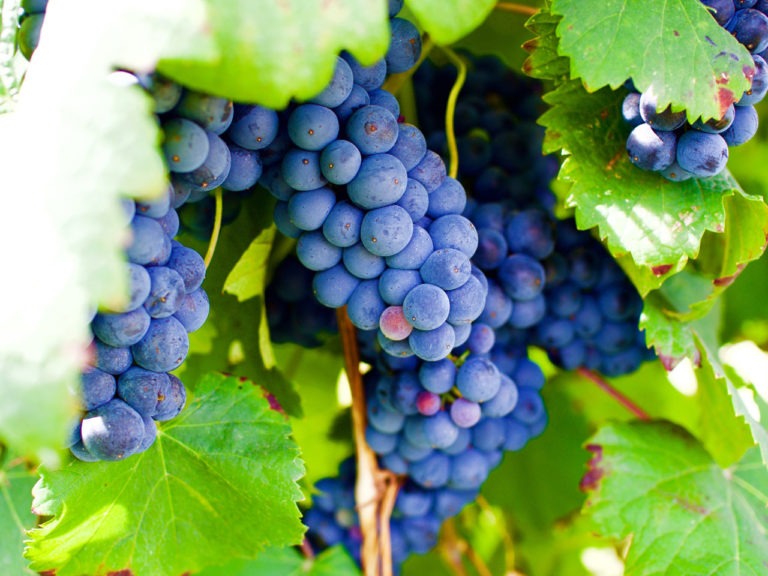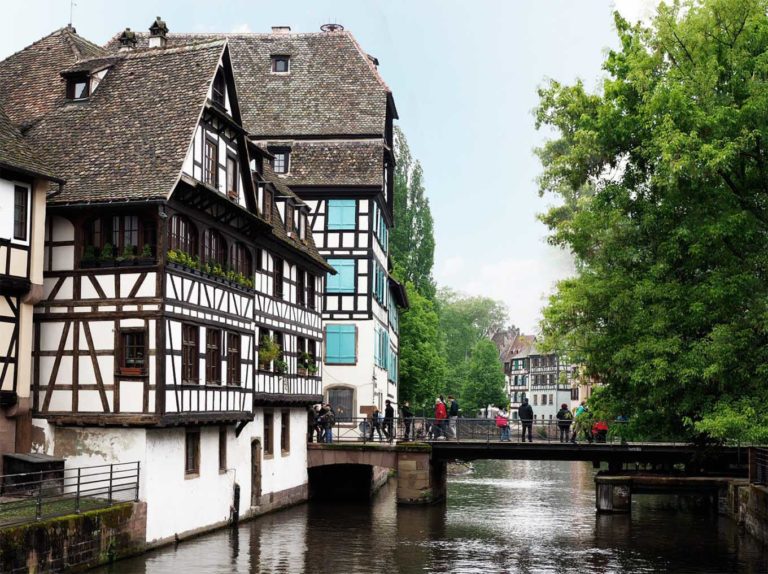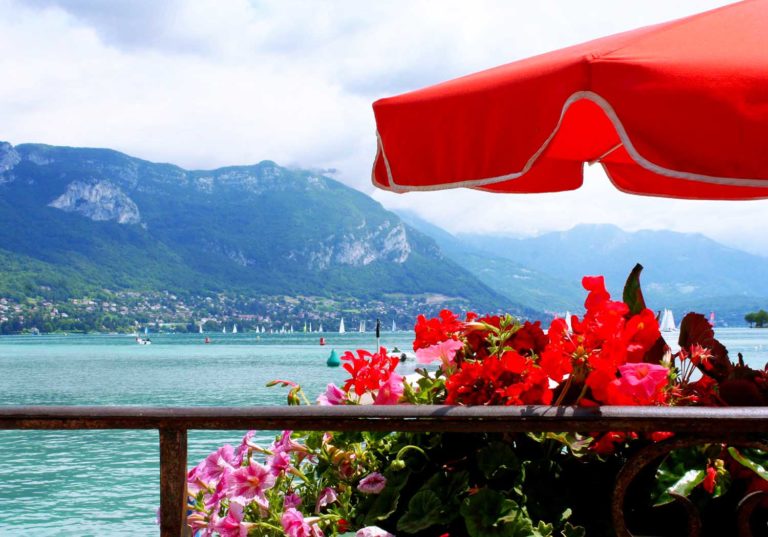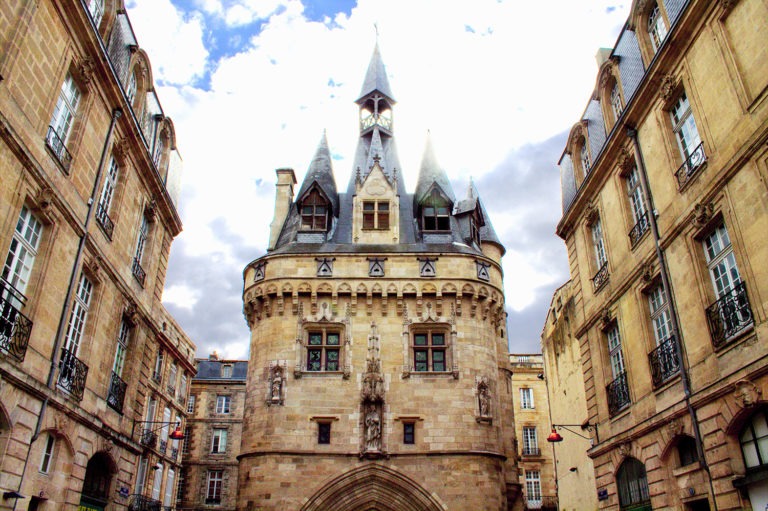My favourite & most beautiful villages in France
After driving from Monaco to Étretat, and from Carcassonne to Lyon, I think I’m allowed to put on the proverbial France expert hat. I’ve seen enough villages, landmarks, and open countryside to know which ones are worth making a detour for – or as we call it, taking the “scenic route”.
And although some would argue that France is, as such, one giant postcard, there are some places that I feel take this “picture perfect” notion to another level. Here are, in no particular order, my absolute favourite French villages.
Riquewihr, Alsace
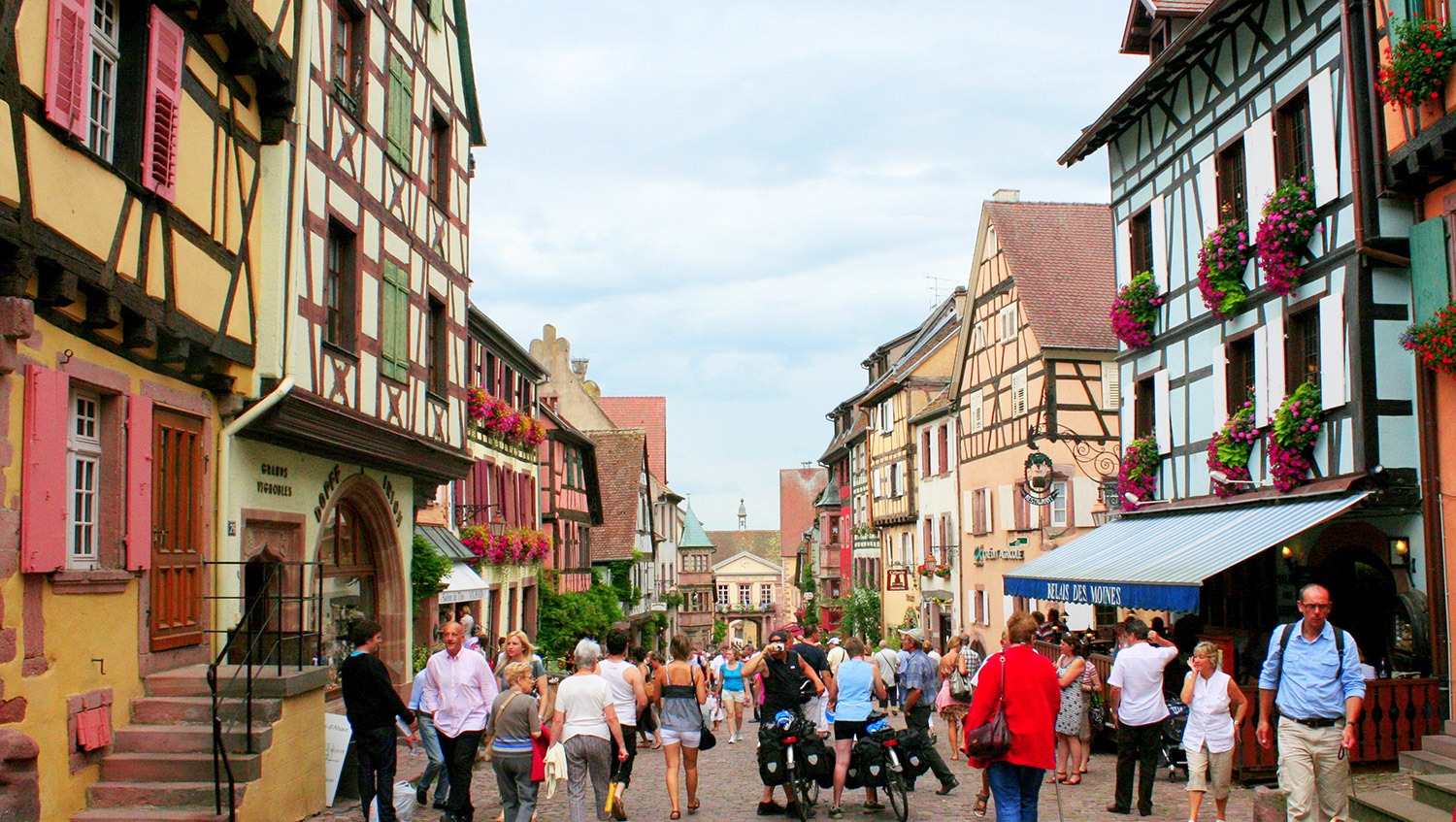
Riquewihr was without a doubt the highlight of my Alsace roadtrip a few years ago. Its main street is flanked by ancient timber houses coloured in all hues of the rainbow, enticing Riesling cellars, and mouth-watering eateries; in other words, it’s very hard not to like Riquewihr. It felt like stepping in a perfectly preserved Disneyland version of 16th-century Europe, as the village has changed very little since then—nothing short of a miracle, considering most towns in this area of France were badly damaged during World War II.
+
france travel tips
Honfleur, Normandy


Honfleur is by no means a hidden gem; if the popularity of its romantic streets and colourful port on Pinterest are any indication, about half the planet is planning to visit the town at some point in the near future. But that shouldn’t deter visitors from coming to this famous Normandy town, which has inspired countless Impressionist painters, including the most famous one of them of all, Claude Monet.
And, being from Canada, Honfleur bears a special significance for me as this is precisely where seafarer Samuel de Champlain started his 1608 voyage, which would lead him towards New France where he would lay the foundation of Québec City. Talk about history being made!
Salers, Auvergne

Welcome to my beloved Auvergne! Although not the most famous nor the most visited region, Auvergne is nonetheless one of the most strikingly beautiful thanks to its volcanoes (yes, there are volcanoes in France!) and its medieval villages like Salers, in the heart of Cantal department. Most buildings are made of Auvergne’s signature black volcanic stone, endemic to the area.
And, Salers being in France, it doesn’t come as a surprise that the food is exceptionally good; its eponymous cheese is to die for, as is the local beef, one of the most sought-after breeds in the country.
Cassis, Provence-Alpes-Côte d’Azur
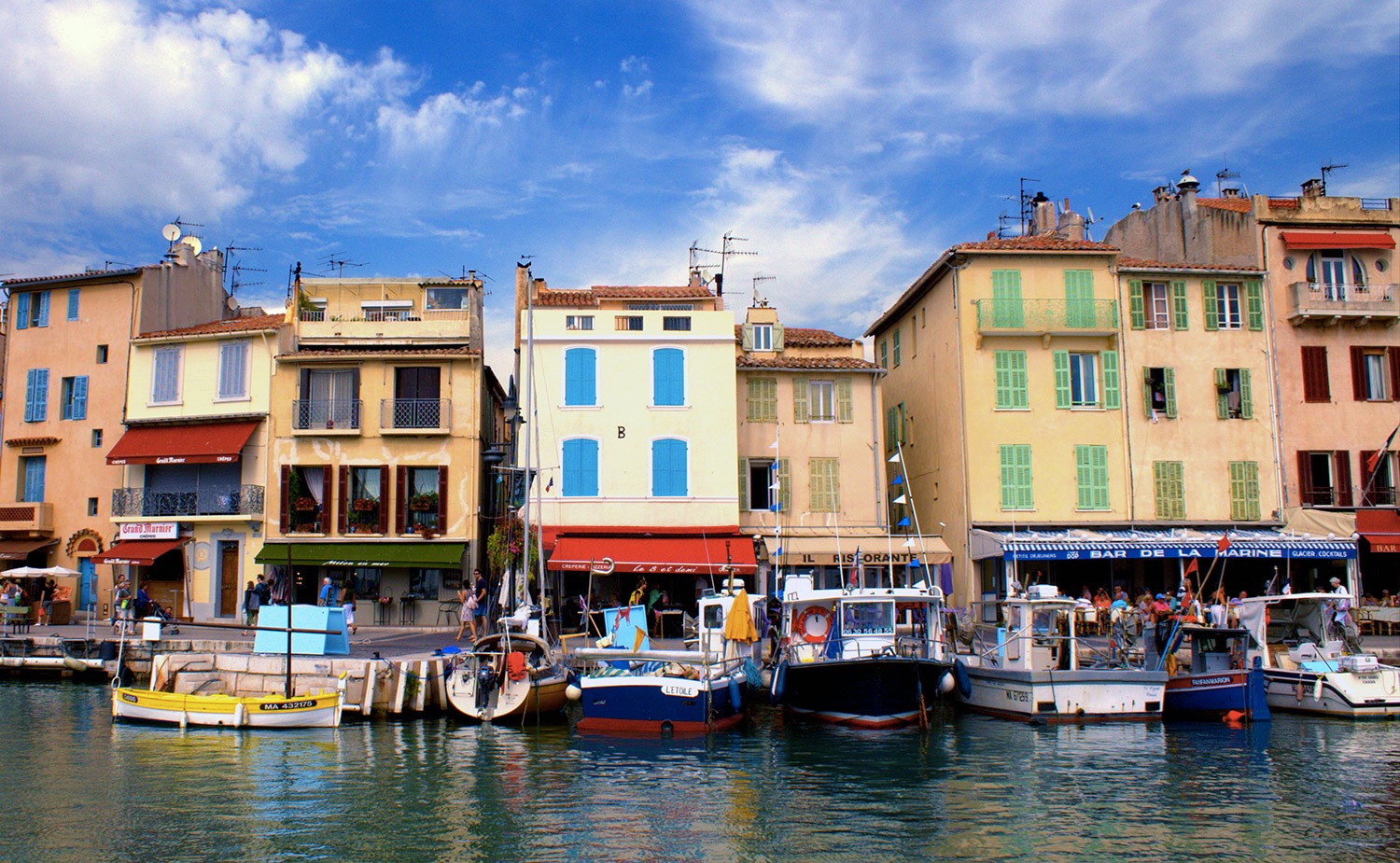
I pretty much haven’t stopped talking about Cassis ever since I visited in the summer of 2012. But with its warmly coloured buildings, its salty sea breeze, its narrow alleys filled with bright bougainvillaeas, and its proximity to the jaw-droppingly beautiful Calanques, I think I’m more than right to spread the word about this gorgeous town. Watching the sun set behind the high cliffs along the Mediterranean Sea while having dinner by the beach is one of my most cherished memories of my time as an expat in France, and I owe it all to Cassis.
Saint-Émilion, Gironde
While my visit to Saint-Émilion was not blessed by Mother Nature, I still enjoyed myself immensely. Saint-Émilion is often regarded as being the finest example of a medieval village run by a wine-based economy—still today, 62% of the village’s activities are connected to the wine industry in one form or another.
I simply loved wandering the narrow, precipitous streets while admiring the beautiful architectural ensemble—most of the village’s buildings are made out of the endemic yellowish stone once found in the region’s stonepits. Hopping from one wine cellar to another without a care in the world, not even for the chilling rain, I drank my weight in wine that day and I have been longing to go back ever since.
Annecy, Haute-Savoie


Unless you’re a first-timer here or if you’ve been living under a rather large rock, you’ll remember that I’ve absolutely no shame in declaring my undying love to Annecy. I visited half a dozen time over the course of two years and it remains, in my opinion, one of the most spectacularly beautiful villages in France.From the legendary cheese fondue to the romantic canal in the centre of the old town and the turquoise waters of the eponymous lake, Annecy just cannot bore me. Not to mention the fact that there are countless things to do in the region, should you ever want to get to know Rhône-Alpes a bit better. Annecy is simply stunning, and I’m already looking forward to my next visit.
From the legendary cheese fondue to the romantic Thiou canal in the centre of the old town and the turquoise waters of its eponymous lake, Annecy just cannot bore me. Not to mention the fact that there are countless things to do in the region, should you ever want to get to know Haute-Savoie a bit better. Whether you find youself in nearby Lyon, Genève or even Chambéry, you won’t regret taking a detour to visit Annecy.
+
france travel tips
Saint-Martin-de-Ré, Charente-Maritime

I’ve left a huge piece of my heart in Ile de Ré, an unspoilt island just off the coast of La Rochelle. The town, along with every other locale on this picture-perfect island, oozes with charm thanks to its laid back atmosphere filled with French people on vacation —and as we know all too well, French people are always on some sort of vacation— and a typical, flavourful seaside cuisine.
Between abbey ruins, stunning ocean views, historic lighthouses and fortifications, and tranquil pedestrianised streets flanked with terraces and luxuriant gardens, Ile de Ré is just a giant living postcard waiting to be explored.
+
france travel tips
Talmont-sur-Gironde, Charente-Maritime
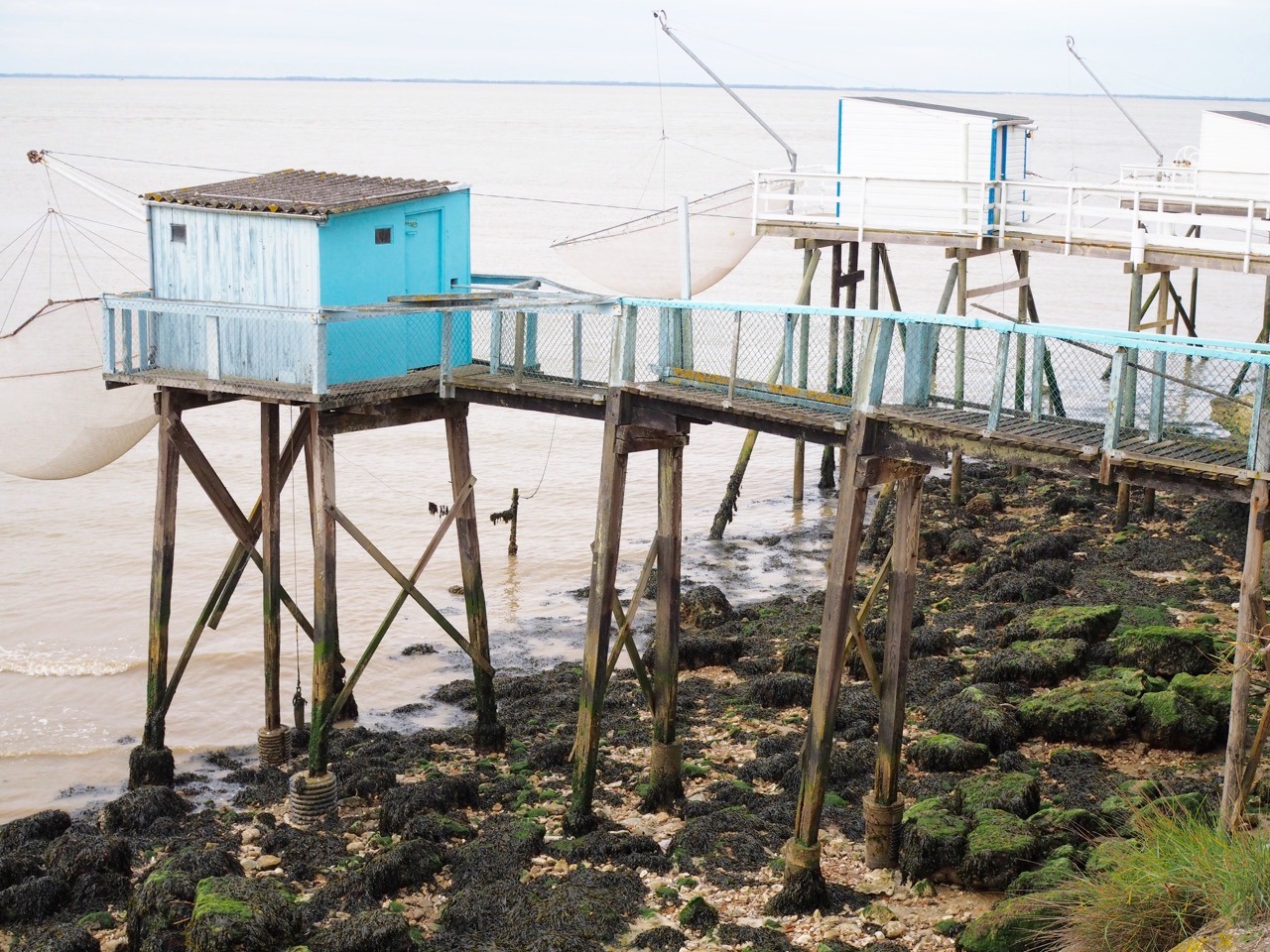
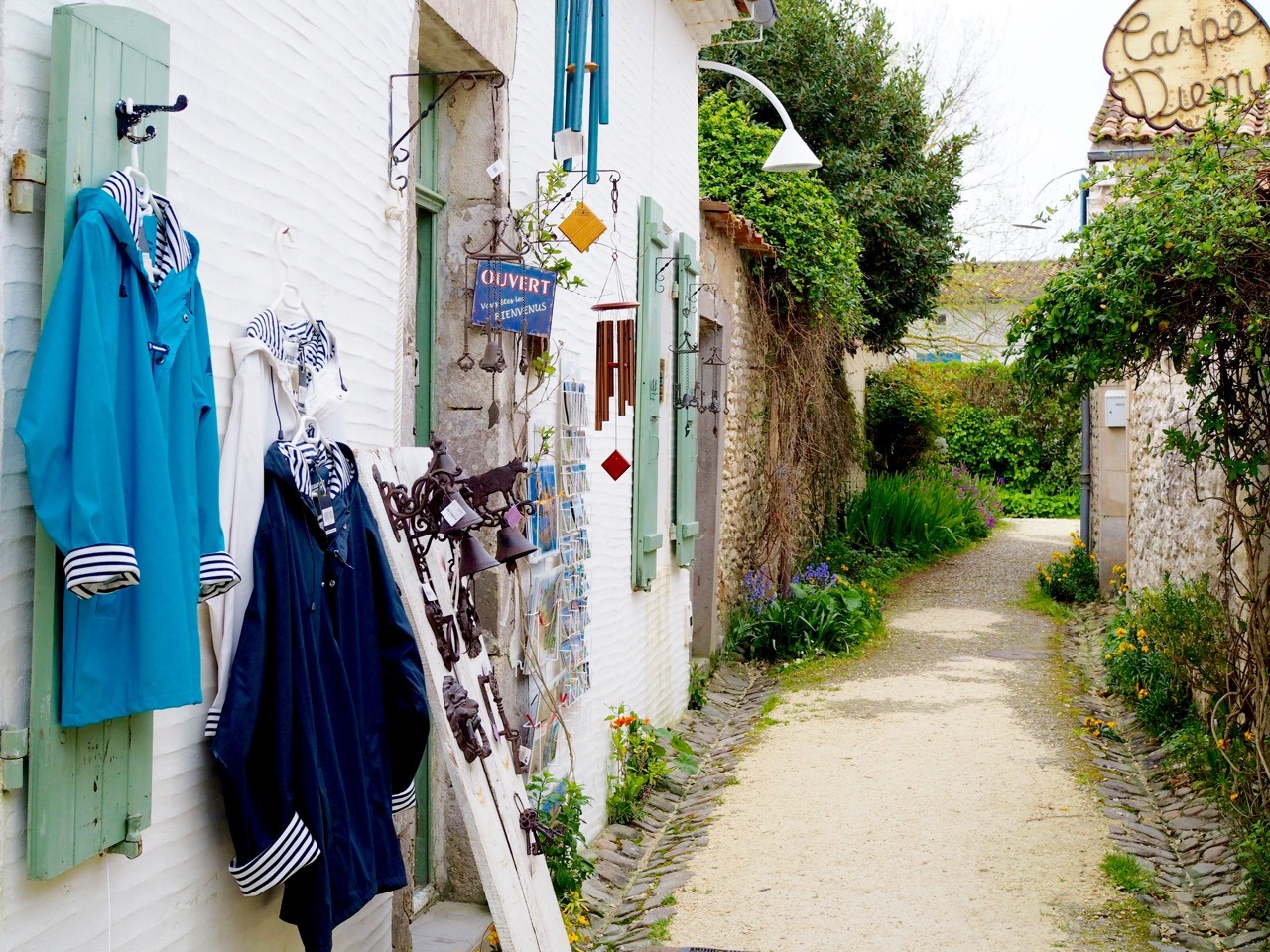
The adorable fishing hamlet is not only one of Charente’s prettiest places, it’s officially one of the most beautiful villages in France, too. Located 15 kilometres south of historic Royan, Talmont overlooks the mighty Gironde estuary from a dramatic rocky peak surrounded by pedestrianised streets flanked with whitewashed summer houses with vibrant blue shutters. In fact, the town’s iconic church, Sainte Radegonde, is still protected by heavy ramparts built by the English king Edward the 1st back in the 13th century. There isn’t much to do in Talmont-sur-Gironde per se, aside from aimlessly wandering the photogenic streets, admiring local painters at work, and spying on the fisherman in their teeny tiny stilt houses.

